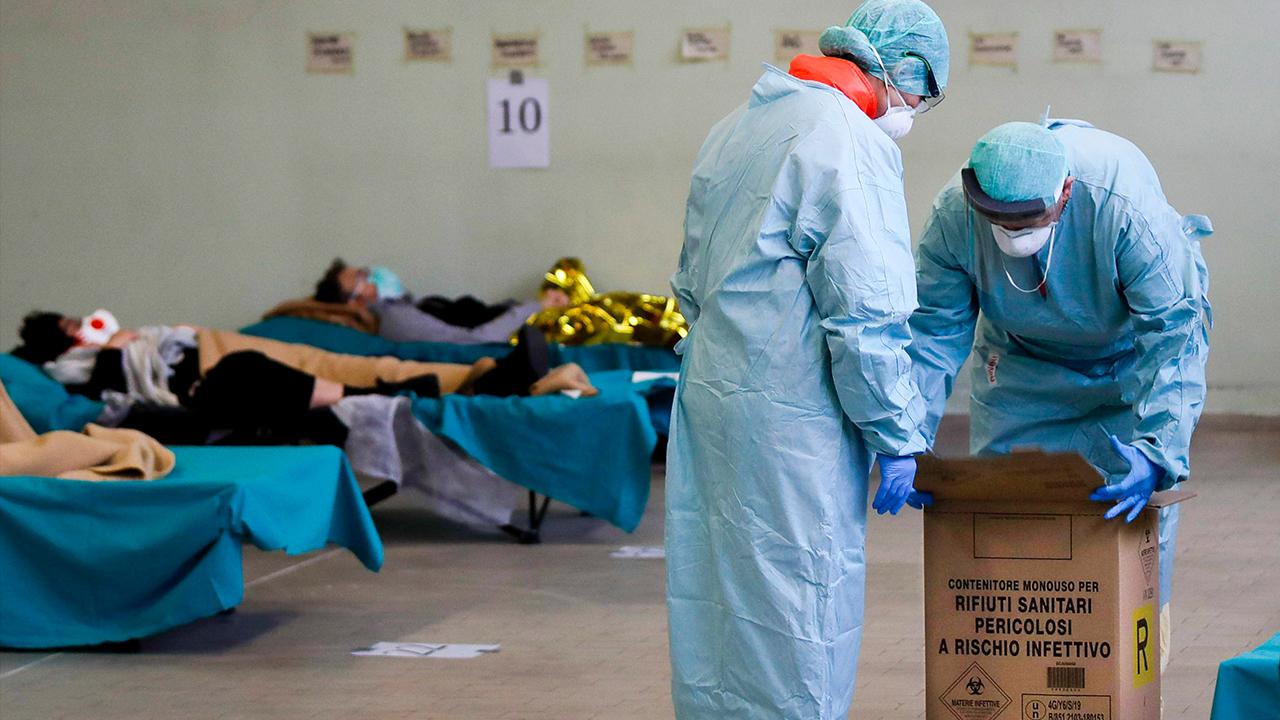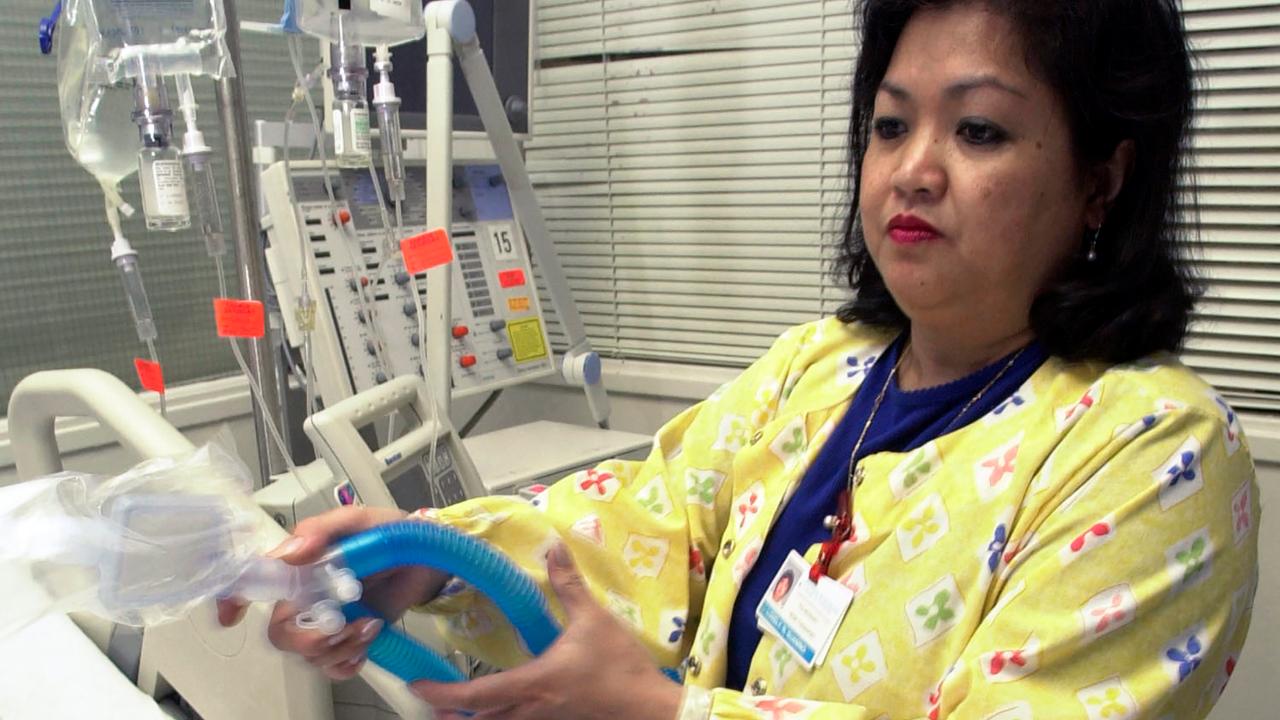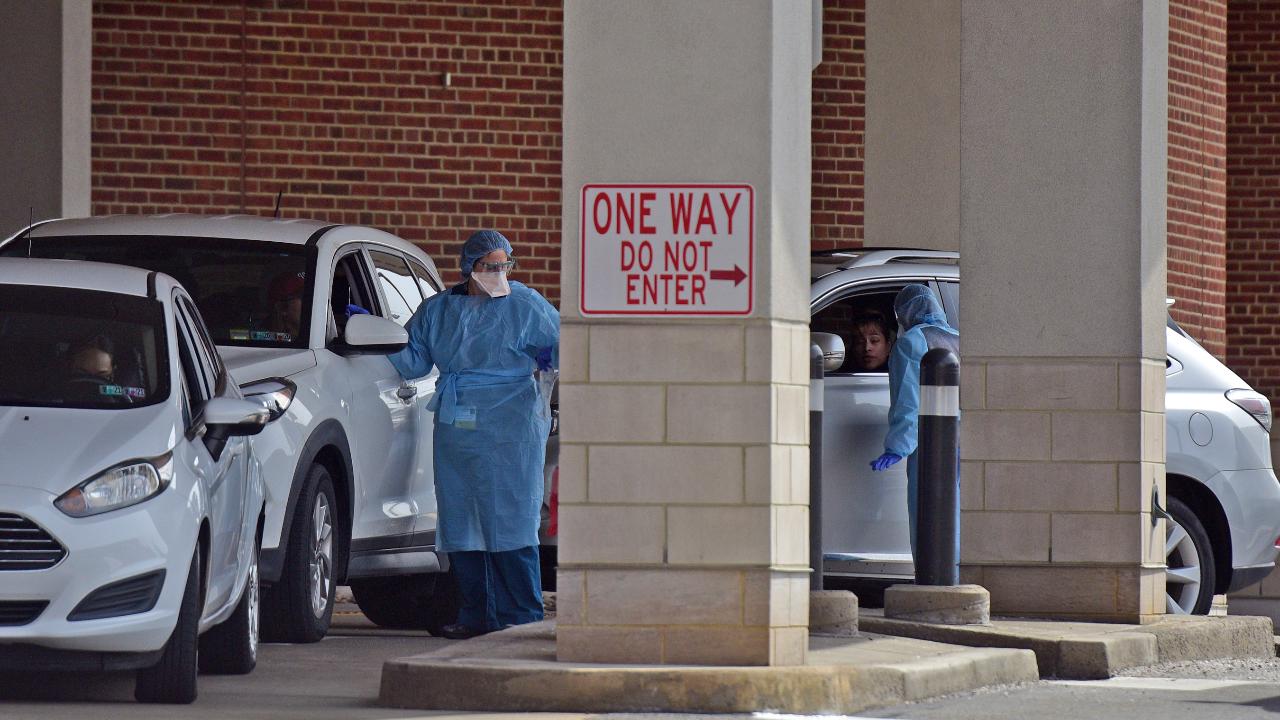Coronavirus symptoms by the day: What to expect: studies
Two studies out of China have found what symptoms COVID-19 patients exhibited by the day
As the coronavirus continues to spread around the world, recent studies have found patterns in the day-by-day symptoms that people who have the virus experience.
One study, which analyzed 138 cases at Zhongnan Hospital of Wuhan University was published on Feb. 7 in the Journal of the American Medical Association.
The other, which analyzed 191 patients with COVID-19 at Jinyintan Hospital and Wuhan Pulmonary Hospital, was published in The Lancet on March 11.
NYC CANCER HOSPITAL FACES CORONAVIRUS MASK SHORTAGE: REPORT
Both studies agreed that the earliest and most common symptoms of the coronavirus are a fever and a cough.
The Wuhan University study also found it could include other symptoms such as fatigue, muscle pain and trouble breathing -- as well as less-common symptoms such as headache, dizziness, abdominal pain, diarrhea, nausea and vomiting.

A doctor in a protective suit checks with patients at a temporary hospital at Tazihu gymnasium in Wuhan. (Chinatopix via AP)
That study also found that 14 of the 138 patients had diarrhea and nausea one or two days before even developing the first obvious symptoms: fever or having trouble breathing -- also called dyspnea.
DO'S AND DON’TS OF CORONAVIRUS SOCIAL DISTANCING
However, according to a report from Business Insider, someone could have been infected without showing symptoms for five days or more.
According to a study from the Chinese Center for Disease Control and Prevention, 1.2 percent of coronavirus cases were asymptomatic and 80.9 percent of cases were “considered mild.”
To see what the Wuhan University study and the study from Jinyintan and Wuhan Pulmonary hospitals, here are the reported day-by-day symptoms of the coronavirus.
Day 1
According to both studies, the first symptoms patients experience are a fever and a cough.
The Wuhan University study found that almost 99 percent of patients had a fever, almost 70 percent felt fatigue, 59 percent had a dry cough, almost 35 percent had muscle pain (or myalgia), and 31 percent had dyspnea in the virus’s earliest stages.
Day 5
According to the Wuhan University study, the median amount of time between the first symptoms and difficulty breathing was five days.
Day 7
The study from Jinyintan and Wuhan Pulmonary hospitals found that most patients experienced dyspnea starting on the seventh day, which lasted about 12 to 13 days.
Meanwhile, the Wuhan University study found that it takes about 7 days for patients to be admitted to the hospital.
GET FOX BUSINESS ON THE GO BY CLICKING HERE
Day 8
By about the eighth day, patients started developing Acute Respiratory Distress Syndrome (ARDS), according to the Wuhan University study.
ARDS happens when fluid builds up in your lungs and prevents your lungs from getting enough oxygen, according to the Mayo Clinic.
Day 9
The Jinyintan and Wuhan pulmonary hospital study found that after nine days, patients developed sepsis.
Day 10
Meanwhile, the study Jinyintan and Wuhan Pulmonary hospitals found that survivors developed ARDS around day 10 and non-survivors developed ARDS around day 12.
It is also around the tenth day that patients were admitted to the intensive care unit, according to the study from Wuhan University.
The study also found that the median hospital stay was about 10 days.
Day 12
The Jinyintan and Wuhan pulmonary hospital study found that the initial fever lasted about 12 days, but the cough lasted about 19 days.
Day 22
According to the study from Jinyintan and Wuhan pulmonary hospitals, it took survivors about 22 days from contracting COVID-19 to being released from the hospital.






















